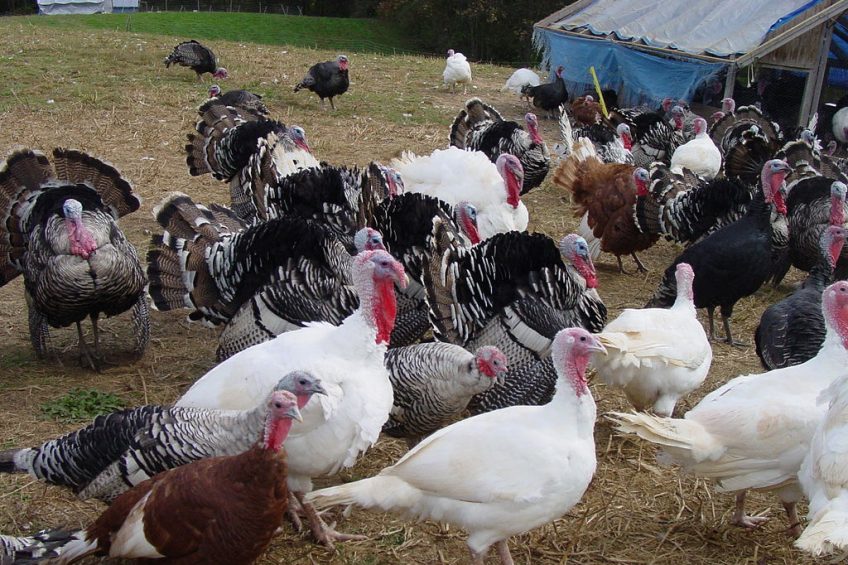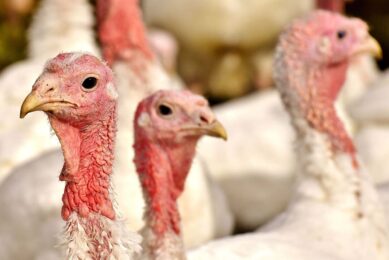Heritage turkey production research analysis

US researchers are studying methods producers can use to raise heritage turkeys which are becoming increasingly popular among consumers.
The study is looking at alternative production methods for the birds, which have more in common with wild turkeys that roam fields and forests than birds currently sold in US supermarkets.
At present, heritage birds sell for about 4 times the costs of the broad-breasted white turkeys commonly found in stores with heritage birds fetching between USD$4-$6 per pound.
Heritage birds are more tasty
Heritage birds are typically older than faster growing commercial birds, processing at 26-28 weeks compared to 14 to 18 weeks. As a result, heritage birds tend to be more flavoursome. Among the popular heritage breeds are the Standard Bronze, Bourbon Red, Narragansett, Jersey Buff, Slate, Black Spanish, White Holland, Royal Palm, White Midget and Beltsville Small White.
Paul Patterson, professor of poultry science at Penn State’s College of Agriculture, said heritage birds referred to specific breeds raise in the US prior to the 1950s, when the poultry industry began the cross-breeding that resulted in the broad-breasted turkeys commonly purchased today.
Prof Patterson said the more athletic, heritage birds were more expensive to raise: “However because the market for them is growing and consumers are willing to pay so much more for them, there is considerable interest in producing more.”
Interesting results
Initial results of the novel production methods to raise the birds have shown some interesting results and were presented this week at the Poultry Science Forum in Atlanta. Veterinary and biomedical student Arianna Ferguson looked at the performance of the Artisan Gold, a French bird with Black Spanish heritage in a trial with 12 pens of turkeys, each holding 6 birds.
6 pens were given commercial feed. The other 6 were fed commercial feed plus 15% natural feedstuffs. The feed mix was designed to encourage the birds to consume the natural feedstuffs, which included insects, mushrooms, forages, berries and nuts.
To determine their feed conversion, the heirloom birds were weighed weekly and their feed intake measured. Early in the study, the birds consuming natural foods seemed to be eating a little more than the control group and weighed slightly more.
However, by the time the turkeys were processed the birds weighed virtually the same as the control group, with hens weighing in at 11.84 pounds at 16 weeks and toms at 19.13 pounds at 18 weeks.
Birds preferred a range of natural foods
Ms Ferguson said the birds really liked the fly larvae, blueberries, hickory nuts and Chinese chestnuts and preferred a range of natural foods except for Juneberries and hazelnuts, which they plated with rather than ate.
The trial evaluation natural feedstuffs for their impact on growth performance and carcass yield is the first phase in evaluating production methods for heritage turkeys. The next phase will look at raising birds in a silvopasture systems where they will be able to forage naturally from nut trees and berry bushes – in conditions ideal for north east America where smaller agricultural operation abound.
Join 31,000+ subscribers
Subscribe to our newsletter to stay updated about all the need-to-know content in the poultry sector, three times a week. Beheer
Beheer








 WP Admin
WP Admin  Bewerk bericht
Bewerk bericht